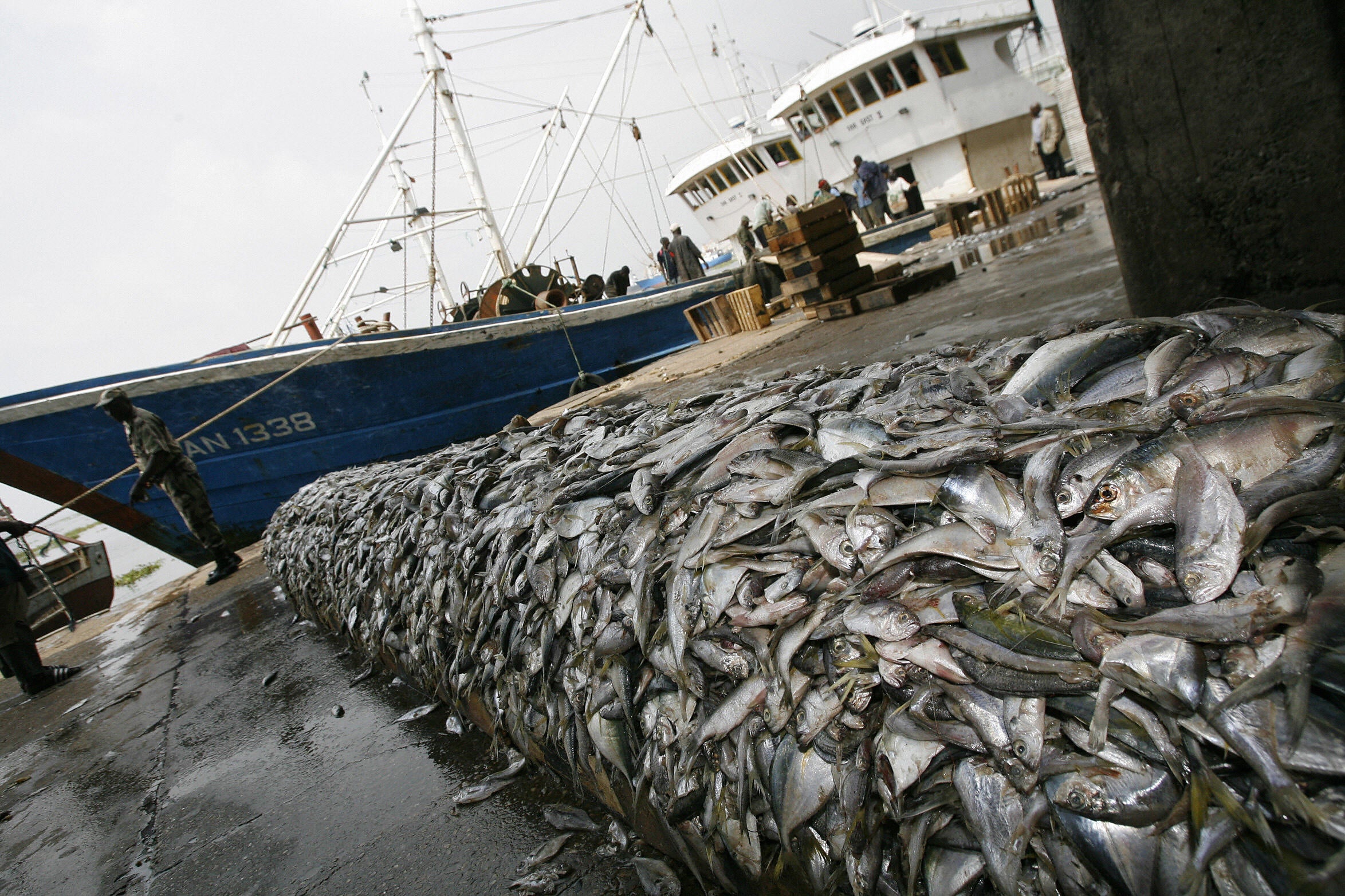Fishing industry ‘bulldozing’ seabed in 90% of UK’s protected areas
Damaging bottom-scraping took place in 58 out of 64 offshore marine protected areas last year, new data shows

Your support helps us to tell the story
From reproductive rights to climate change to Big Tech, The Independent is on the ground when the story is developing. Whether it's investigating the financials of Elon Musk's pro-Trump PAC or producing our latest documentary, 'The A Word', which shines a light on the American women fighting for reproductive rights, we know how important it is to parse out the facts from the messaging.
At such a critical moment in US history, we need reporters on the ground. Your donation allows us to keep sending journalists to speak to both sides of the story.
The Independent is trusted by Americans across the entire political spectrum. And unlike many other quality news outlets, we choose not to lock Americans out of our reporting and analysis with paywalls. We believe quality journalism should be available to everyone, paid for by those who can afford it.
Your support makes all the difference.The vast majority of protected marine areas in the UK are being “bulldozed” by destructive fishing practices, according to new data.
More than 90 per cent are being affected by bottom-trawling or dredging, which damages the sea bed by dragging equipment along the ocean floor, according to the analysis.
This is despite supposed restrictions on environmentally damaging practices in the UK’s marine protected areas.
Bottom-towing took place in 58 out of 64 offshore marine protected areas last year, according to new analysis from Global Fishing Watch (GFW) and conservation group Oceana reported by The Guardian.
Boats with bottom-towing gear spent more than 30,000 hours fishing in these places in 2021, the organisations found.
Bottom trawling is a popular fishing technique as it helps to sweep up lots of fish in one go by dragging a net with heavy weights along the sea floor. But it also damages other sea life as it captures unwanted species and scrapes the sea bed, releasing carbon emissions as it does.
Dredging causes similar damage to the sea floor by dragging heavy metal dredges along it.
Greenpeace has described bottom trawling in marine protected areas as akin to “allowing bulldozers to plough through a protected forest”.
The Marine Conservation Society previously found damaging fishing practices were taking place in 98 per cent of the UK’s marine protected areas. Using similar language, it said this was “equivalent to bulldozing a national park on land”.
It was also the centre of a protest by environmental activists at the Cop26 climate summit in Glasgow last year, when Ocean Rebellion members lay on the ground and covered themselves in nets.

Last month, the UK government completely banned bottom-trawling and dredging in several marine protected areas.
Campaigners welcomed the move - calling it the start of “the rewilding of the North Sea” - but called for ministers to go further to protect other areas.
The Department for Food, Environment and Rural Affairs saidit was stopping “damaging trawling and dredging in four marine protected areas” and had asked for evidence to support the management of 13 more sites.
Join our commenting forum
Join thought-provoking conversations, follow other Independent readers and see their replies
0Comments